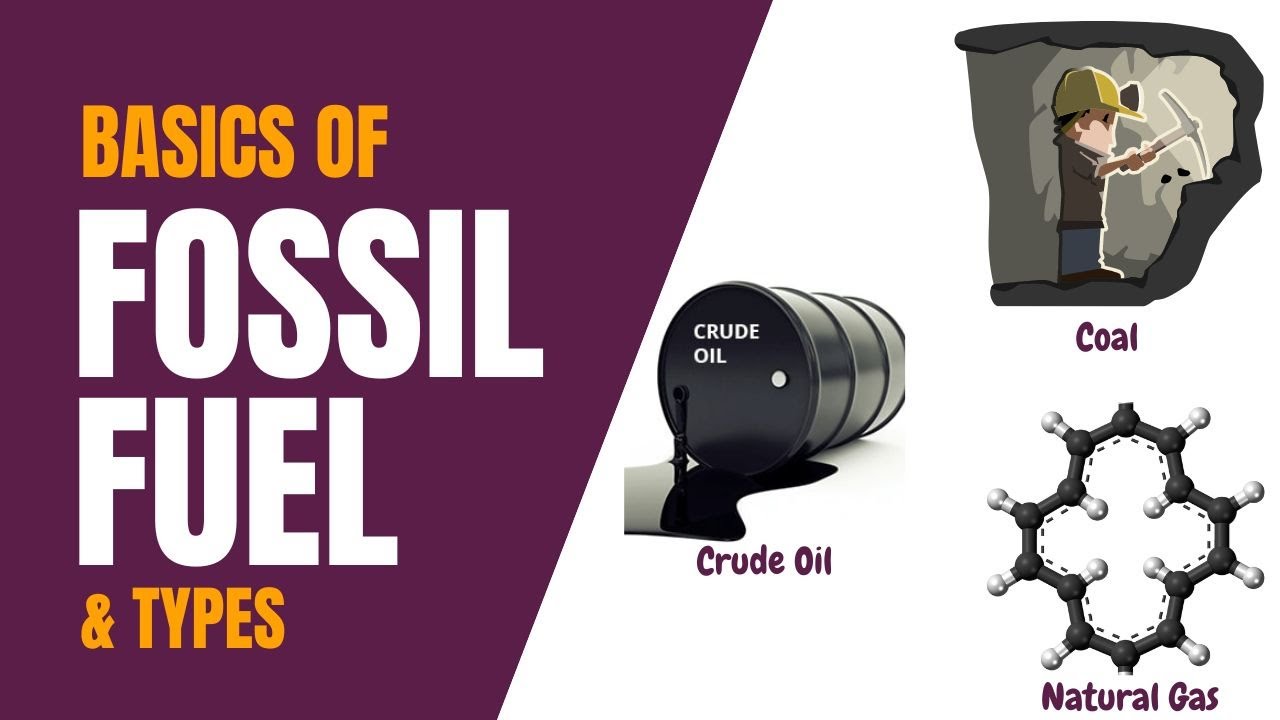Industria Petroquímica
Summary
TLDRThis video explains the complex process of refining crude oil into useful products such as fuels and lubricants. It covers the various stages in a refinery, including distillation, thermal cracking, and catalytic cracking, which break down hydrocarbons into lighter components like propane, butane, and gasoline. The video also highlights the importance of refining processes like hydro-treatment to improve fuel quality and remove contaminants. In the end, viewers gain an understanding of how crude oil is transformed into the essential products we use in everyday life, from fuel for cars and airplanes to industrial applications.
Takeaways
- 😀 The crude oil is primarily made of hydrogen and carbon, mixed with other elements in smaller amounts.
- 😀 Crude oil is processed in a refinery to separate different hydrocarbon chains through heating and distillation.
- 😀 The distillation tower separates hydrocarbons based on their boiling points, with lighter ones evaporating and heavier ones remaining at the bottom.
- 😀 Light hydrocarbons like propane and butane are extracted from the distillation process and used for fuel and other applications.
- 😀 The heaviest components, called residue, are processed in a vacuum distillation unit to avoid degradation at high temperatures.
- 😀 Thermal cracking or coking breaks down large hydrocarbon chains into smaller, lighter molecules for further refinement.
- 😀 Catalytic cracking helps break down heavier diesel components into smaller compounds used for fuel and petrochemical production.
- 😀 Hydro-treatment is used to remove impurities like sulfur, nitrogen, and metals from gasoline to improve its quality and reduce environmental pollution.
- 😀 The refinery process produces a wide range of valuable products like premium gasoline, jet fuel, diesel, and fuel oil for industrial use.
- 😀 By combining light gas oil and vacuum residue, the refinery also creates fuel oil for ships and power plants, adding further value to the process.
Q & A
What are the main components of crude oil?
-Crude oil is primarily composed of two natural chemical elements: hydrogen and carbon. Other compounds are present in smaller amounts.
How is crude oil separated into different components in a refinery?
-Crude oil is heated in a furnace until it reaches its distillation temperature. It is then processed in a distillation column where hydrocarbons are separated based on their different boiling points.
What happens to the lighter hydrocarbons during the distillation process?
-The lighter hydrocarbons, such as propane and butane, evaporate and rise through the distillation column. They are then condensed back into liquid form and collected for further use.
What products are obtained from the lighter fractions of crude oil?
-The lighter fractions of crude oil produce products like propane, butane, light naphtha, jet fuel (Jet A-1), and light diesel oil.
What happens to the heavier hydrocarbons during the distillation process?
-Heavier hydrocarbons remain at the bottom of the distillation column. These need to undergo additional processing to be converted into more useful products.
How are heavy hydrocarbons further processed in the refinery?
-The heavy hydrocarbons are processed in a vacuum distillation unit, where they are evaporated at lower temperatures to avoid degradation. This results in new components like heavy diesel and residual oils.
What is the role of the thermal cracking unit in a refinery?
-The thermal cracking unit breaks down heavy hydrocarbons by heating them to 500°C. This process splits large molecules into smaller, more useful ones, which are then separated in a distillation column.
How does the catalytic cracking unit improve the refinery process?
-The catalytic cracking unit further breaks down heavy diesel oils into smaller molecules using a catalyst. This produces valuable products like gasoline, diesel, and various petrochemical feedstocks.
What is the purpose of hydrotreating in the refining process?
-Hydrotreating is used to remove impurities like sulfur, nitrogen, and oxygen from fuels. This enhances the quality of the fuels and reduces their environmental impact by preventing emissions.
What are some of the final products obtained from crude oil after the refinery process?
-The final products include high-quality gasoline (such as Infinia), diesel for machinery, jet fuel, fuel oil for ships and power plants, and various petrochemical feedstocks used in industry.
Outlines

This section is available to paid users only. Please upgrade to access this part.
Upgrade NowMindmap

This section is available to paid users only. Please upgrade to access this part.
Upgrade NowKeywords

This section is available to paid users only. Please upgrade to access this part.
Upgrade NowHighlights

This section is available to paid users only. Please upgrade to access this part.
Upgrade NowTranscripts

This section is available to paid users only. Please upgrade to access this part.
Upgrade NowBrowse More Related Video

Destilasi Fraksinasi Minyak Bumi

Proses Pengolahan Minyak Bumi dan Mutu Bensin

Utilização do Petróleo Destilação Fracionada YouTube

Fossil Fuel Basics and Types | Simple Science

Minyak Bumi dan Gas disertai Animasi Terbentuknya dan Proses Destilasi Minyak Bumi - Kimia XI

Diagram Alir Proses Pembuatan Minyak Bumi
5.0 / 5 (0 votes)